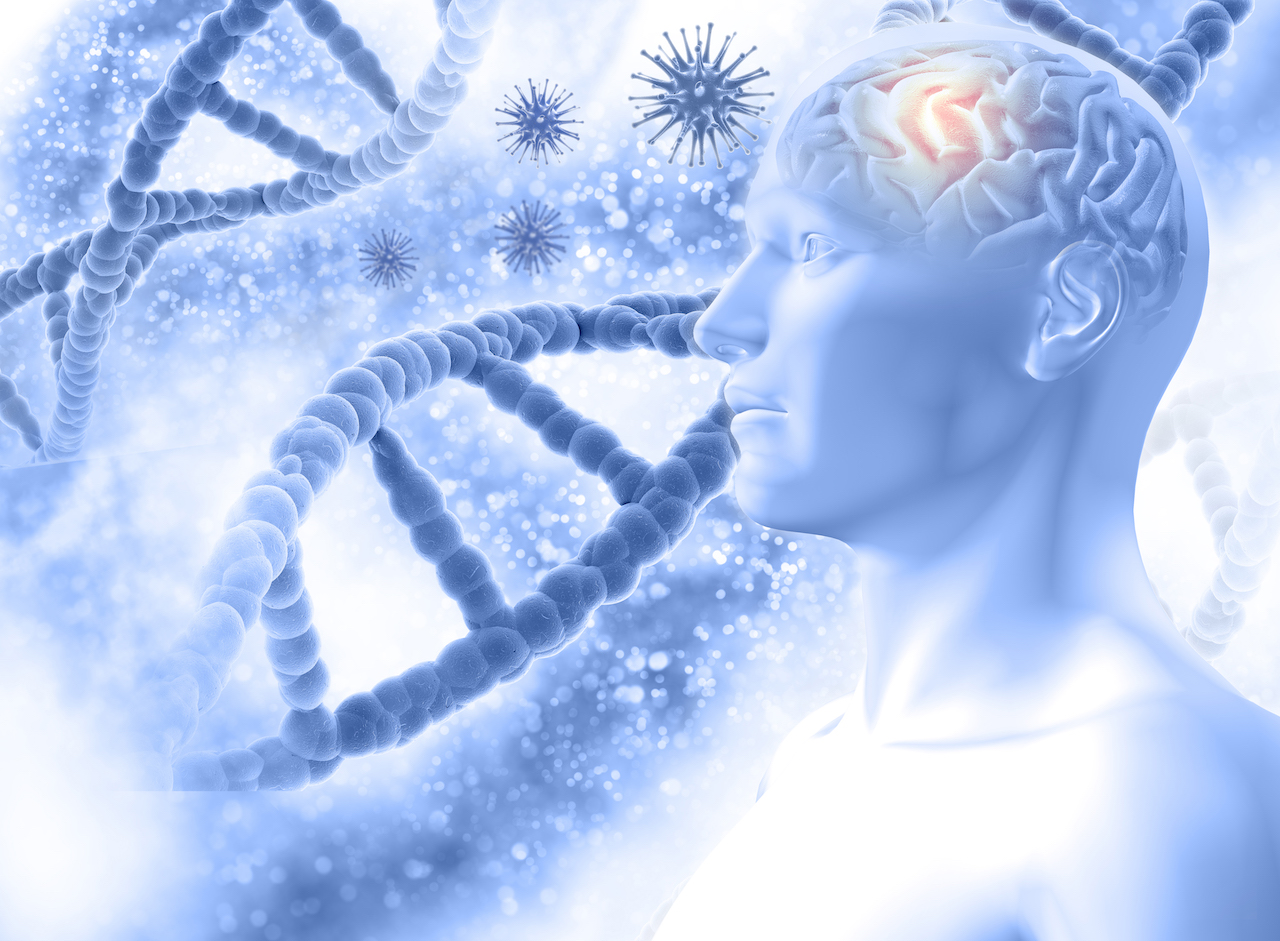Medical research and clinical trials are starting to change mindsets and long-held stigma related to the use of psychedelics in treating mental health conditions. International research is also gaining momentum around exploring the potential of Psychedelic Therapy, also known as Psychedelic-Assisted Psychotherapy (PAP) for specific conditions.
With Australian trials assessing the efficacy of psychedelic substances such as psilocybin and MDMA beginning to test and recruit patients, the Australian government recently announced its plan to invest $15 million in grants for Australian-led psychedelic research.
Is Psychedelic Therapy legal in Australia?
As of July 1st 2023, psilocybin used as a treatment for treatment resistant depression and MDMA for PTSD is legal for eligibility-assessed patients in Australia. These treatments will only be available through an officially authorised psychiatrist and will require psychotherapy as part of the treatment. Other psychedelic compounds will remain illegal outside of clinical research as will the use of psilocybin and MDMA outside of the treatment of these two conditions. Recreational use of psychedelics will remain illegal in Australia.
Attitudes towards psychedelics in Australia
Dr Stuart Saker, who completed his medical training at the University of Sydney and specialist training in Psychiatry in the United Kingdom, says the key hurdle in integrating psychedelic medicines into the conventional medical paradigm will be changing attitudes at both an individual and government level.
“Psychedelic medicines have been made into pariahs”, says Saker who believes encouraging a more nuanced view of psychedelic medicines will be the antidote to stigma.
“If most people ranked what the worst drug was, they’d say heroin. But, if they chopped their finger off they’d say ‘give me some morphine’. So people already have a nuanced view on heroin – they’ll take the painkiller – but they don’t have a nuanced view on MDMA or psilocybin.”
Psychedelics have gained the attention of the media in the past few years, yet for Dr Stuart who completed his first PsychedelicTherapy training with MAPS over 10 years ago, along with many other Australian clinicians who have been trained in the art and science of administering psychedelic therapy, this new interest in psychedelic research has been brewing for a long time.
How does Psychedelic Therapy work?
Psychedelic Therapy is typically composed of three types of sessions. Preparatory appointments, where a co-therapist team explores with the client their personal narrative, symptoms and intentions. Preparation sessions provide the foundation for the therapeutic alliance, detail what the patient might expect during the psychedelic dosing sessions, and discuss potential psychological and emotional growth areas.
During dosing sessions, the patient is accompanied by the co-therapist team in a safe medical environment. An effort is made to ensure that the dosing space is as comfortable and inviting as possible. This is brought about by the use of comfortable furnishings, soft lighting, scented oil diffusers, and a specially curated musical playlist that plays throughout the dosing day.
The experiences occasioned by psychedelics, in conjunction with psychotherapy are posited as a vehicle to process overwhelming or traumatic emotions and access states of healing and growth that can be harnessed to ameliorate mental health challenges. In the case of MDMA, the drug acts as a catalyst to explore these emotions and memories during or after the psychedelic experience by reducing the fear response and engendering positive emotions towards self and others.
Preparation for Psychedelic Therapy-Assisted Psychotherapy
Preparation for the psychedelic experience and creation of therapeutic rapport is integral to the overall process, as are the integration sessions which help the patient to assimilate the sensations, emotions, and perceptions of the psychedelic experience.
The psychedelic experience
Dr Stuart Saker says the guidance and support offered by therapists during dosing sessions is non-directional, supportive and designed to allow patients to journey inward. During dosing day, clients recline on a bed, usually with eye shades and headphones. A curated playlist is played throughout and essential oils are diffused into the therapy space and the therapist team are present throughout providing empathetic and open presence. On the day, the therapists’ goal is to facilitate a space of trust, safety, and comfort, providing the right conditions for the client to explore their internal emotional, mental and spiritual landscape.
Integrating the psychedelic experience
Subsequent integration psychotherapy sessions provide a therapeutic container to assimilate the sensations, emotions, and perceptions of the psychedelic experience. Clients can also explore the insights gained from the psychedelic experience and how they apply to the rest of their life, which forms an essential part of the therapeutic benefits observed with Psychedelic Therapy.
By combining the benefits of talk therapy, embodied experiential therapy, music, and psychedelic medicines, individuals can work through their psychedelic experience in the safe space of therapy. Uncovering new ways of being, new perspectives, or identifying insights that can translate into meaningful changes in their mental health and
wellbeing.
What is the difference between Psychedelic Therapy and conventional psychiatric medications?
Although there have been huge advances in the de-stigmatisation of mental illness and the ways we support individuals with mental health disorders at a personal, medical and government level, few advancements have happened in terms of drug therapies in recent decades. So how do psychedelic medicines compare to conventional psychopharmacological treatments?
Currently available medications, such as selective serotonin reuptake inhibitors (SSRIs) and antidepressants, need to be taken on a daily basis, often for extended periods and can cause a plethora of side effects including but not limited to irritability, weight changes, gastrointestinal disturbances, headaches and at its worst suicidal ideation. While countless individuals receive undeniable benefits from existing medications, mounting evidence suggests that in the long term they are no more effective than placebo or receiving no treatment at all.
Differences between Psychedelic Therapy and convential treatment
A key difference between Psychedelic Therapy and conventional medications is how they are approached. Clients have often been suffering for decades, having tried various other treatments. Unlike daily psychiatric drugs, where clients are encouraged though not required to seek out talk therapy, the psychotherapy component of PsychedelicTherapy is a fundamental part of the treatment approach. This also represents a shift in the client’s role in the healing process. In contrast with conventional psychiatric treatment, where the client is largely passive in the process, Psychedelic Therapy sees the client as an active participant in their healing journey who is helped and supported by their therapist team rather than being passively ‘treated’ with medication.
Need for positive changes in mental healthcare
Around 2 in 5 Australians aged 16-85 report suffering from a mental health disorder every year. Anxiety affects around 17%, and depression 8% of the population and those figures have tended to increase year on year.. An astonishing 12% of Australians experience post-traumatic stress disorder (PTSD) across their lifetime, a notoriously difficult to treat condition.
The economic costs of these figures are just as startling as their prevalence, with the 2020 Productivity Commission Inquiry Report into Mental Health estimating the economic impact of mental illness and suicide to be $70 billion per year in Australia.
Saker notes that Australia is a naturally conservative country, however the recent downscheduling of two psychedelic substances places Australia at the forefront of psychedelic therapy policy and access for veterans may be part of that policy in the future.
What is the difference between Psychedelic Therapy, microdosing and recreational use?
Psychedelics utilised for clinical research differ most notably in their safety aspects. Pharmaceutical grade, unadulterated and well tested psychedelic substances are used. On top of caring for patients’ psychological and emotional needs during the dosing sessions, patients are also under the medical supervision of the therapists – who monitor their blood pressure and vital signs throughout.
Aside from the important differences regarding safety, the key difference in psychedelic therapies and recreational use, is the intention brought to the psychedelic experience and the integration psychotherapy sessions that are inherent to the clinical therapeutic benefits witnessed in clinical trials.
Although many individuals have profound and healing experiences using psychedelics recreationally, the guidance of a therapy team provides the opportunity for learnings to be integrated to measurable therapeutic benefit.
What is microdosing?
Microdosing is another approach to ingesting psychedelic medicines, where small doses of psychedelics are taken at regular intervals. Quantities of microdoses vary but are often around one-tenth of a recreational dose.
Evidence in this field is emerging and still in its infancy.
How do psychedelics affect the brain?
Certain psychedelics are believed to influence serotonin and dopamine processes and may increase neuroplasticity.
Brain imaging studies during psychedelic experiences show us changes in an area of the brain collectively known as the default mode network, which is most active when in a state of rest where it is responsible for introspection, self-reflection, self-criticism and is evident in a wandering or daydreaming mind.
Researchers propose that the alterations in neural connectivity of these regions of the brain allow for a reconfiguration of patterns of thought and behaviour, which may account for the changes witnessed in patients with recurring dark and intrusive thoughts.
While it is important not to leap ahead of the research, this new era in psychedelic investigations has the potential to offer a promising and unique avenue for psychiatric medicine and an option for the individuals suffering debilitating mental health conditions, when all else has failed.





